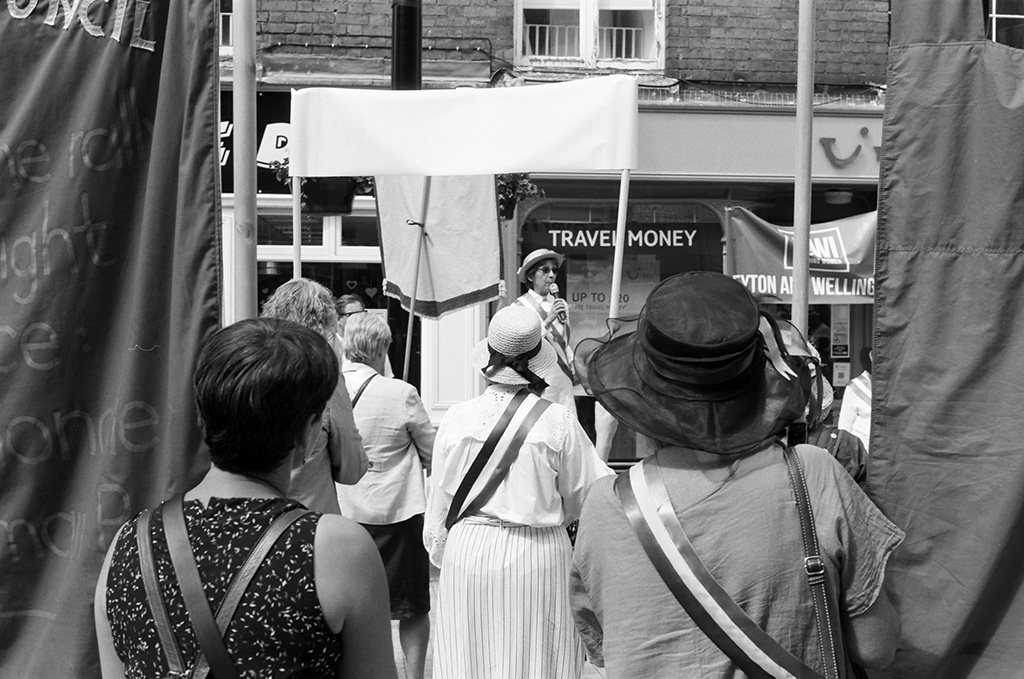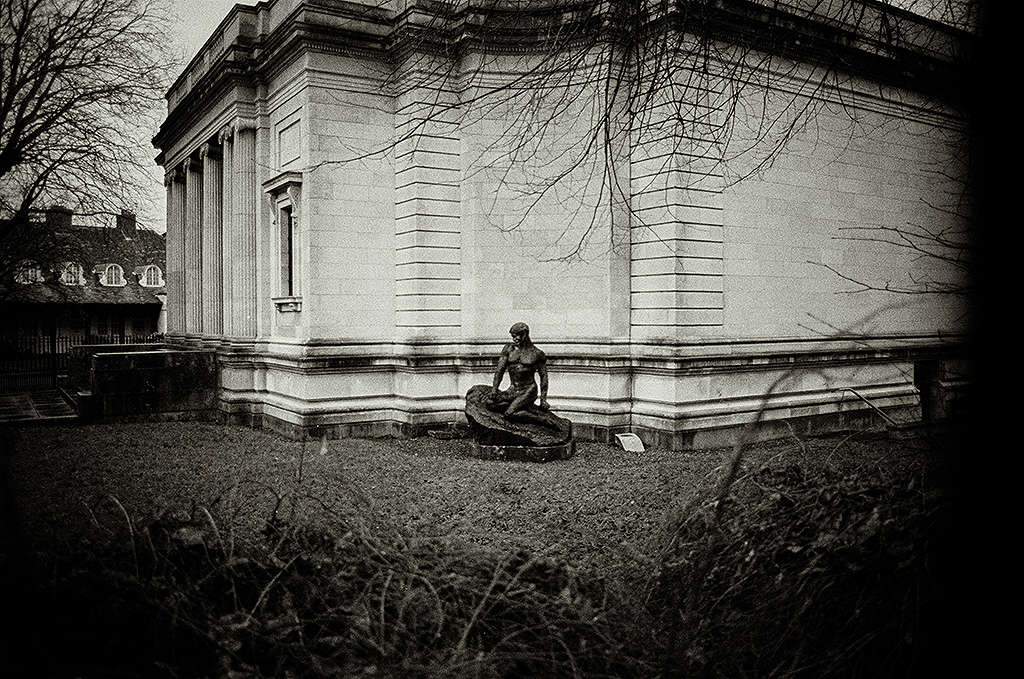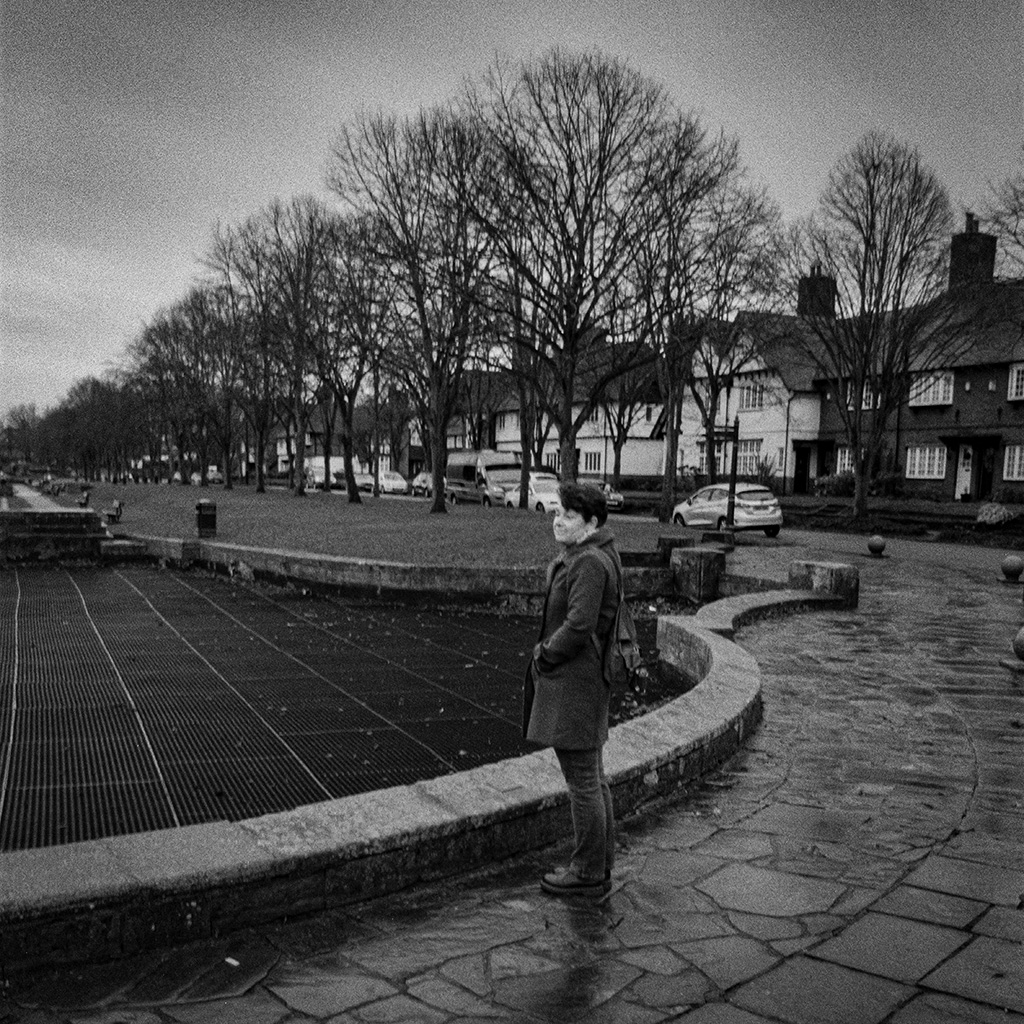My return to film has become more than a nostalgia trip. Having grown up with film, learning how to develop and print at school in the 1970s, film filled my formative years. Like music, the genre you grew up alongside tends to stay with you for life. You can always discover new directions, but you will always return to warm glow of your earliest remembrance.
Photography was cheap back then; a term’s photographic club sub was a pound, and I could develop and print around three films for that. Doesn’t sound like a great deal of output, but when everything was hand printed a single film could take weeks fully exploit.

The situation changed the following year when a manipulation of the silver market saw prices rocket. Between 1979 and 1980, the price for an ounce of silver went from $6.54 to $38.30 – an increase of 485%. This had a direct effect upon photography and my output as prices rose exponentially. Quite why this affected colour photography we might never know.
1980 also saw me finally get my hands upon a 35mm camera. Until then I had been using a Kodak Instamatic. Besides being basic, development meant destroying the plastic film cartridge to remove the film. 35mm gave me access to the schools bulk buy and reload scheme. More film in the camera and lighter on my pocket money. I had a Pentax S1 as birthday present. This was completely manual, everything had to be set manually with no metering. My Parents later brought me a Leningrad light meter. Despite being fairly accurate, it was slow to use, and I relied upon the trusted method of one eye in the viewfinder and the other open, then when the viewfinder appeared about one stop darker than my left eye, I pressed the shutter button. This was not always successful but got the shot in the can when there wasn’t time to take readings.
It was this early development of intuitive setting that has plagued my move to digital. I find using film more intuitive than digital. Digital is a numbers game, and often I find myself resorting to auto mode to ensure that I least get one decent picture. With film I can kind of guess how the final picture will turn out and whether I need to bracket a shot to get an alternative version. I suspect like other film photographers, particularly anyone working in in black and white we develop a feel for what will work and what won’t. You can reduce it to a numbers game, then something else will come into play – like Reciprocity failure. Some experts claim to being able to calculate this and once more remove the fun by introducing maths, I just go with a good guess.
Having been subjected to something vaguely resembling an education in the 1970 and 80s, my dyslexia went unnoticed until I was in my late 40s – with a diagnosis at 50! This meant that I was denied a creative pathway at school. I was one of the kids who were made to spend art time catching up on English and maths, rather than drawing pictures. This practice continues and schools call it intervention – never seems to happen to the rich kids, no matter how many problems they have. Hence, I found myself heading down a science/technical route that didn’t require any empathy or expression. My secondary school did have a photography club, the dedication of our deputy head teacher made sure we all learnt the basics of the darkroom, something that would give me a base to work from later in life.

I do find digital cameras have a stronger will than me and often become personified evil in my hands. My old Canon AE-1 feels much more user friendly. From the clunk of the shutter to having to load physical film, this all fits easily into my kinetic learning style.
I returned to film in 2018. This was the year that marked 100 years of Universal Suffrage (Votes for Women). A celebration a march was planned by Women’s Institute (WI) branches and local trade unions. I wanted to photograph our local event and felt film would be truer to the occasion than digital. I naturally went with Black and White.



I believe I am drawn to B&W photography and attempt to produce some quite stark images. Images that are of a moment and not created on a computer for stylistic affect. My early exposure to documentary photography came from discarded Sunday supplements my dad’s boss was sending to recycling. I didn’t get to visit the colour laden art galleries of London. Perhaps if I had the result would have been different.


I hope to continue with B&W and producing documentary style photographs. However, the market for them is becoming less. Publishing requires scanning, and I guess that is why digital has become so popular. It takes out a stage of the operation. However, in terms of quality and craft, it will never replace film for exhibition work. I love seeing finely crafted works on a gallery wall and I hope that this will continue. Just as photography didn’t kill painting, digital will not kill film and new channels for the craft will develop.
Share this post:









Comments
jeffery luhn on My Return to Film – More than Nostalgia
Comment posted: 30/03/2024
I think your history with film will sound familiar to thousands. My story diverges, but the timing is similar. I began with film at age 14 in a middle school photo program. By 17 I was working for local newspapers and eventually landed a job shooting youth oriented subjects and ant-war demonstrations in the US and Europe. I have returned to film as a college photo instructor. Film lives!
Danny on My Return to Film – More than Nostalgia
Comment posted: 30/03/2024
Geoff Chaplin on My Return to Film – More than Nostalgia
Comment posted: 31/03/2024
michael skinner on My Return to Film – More than Nostalgia
Comment posted: 31/03/2024
Gary Smith on My Return to Film – More than Nostalgia
Comment posted: 02/04/2024
Comment posted: 02/04/2024